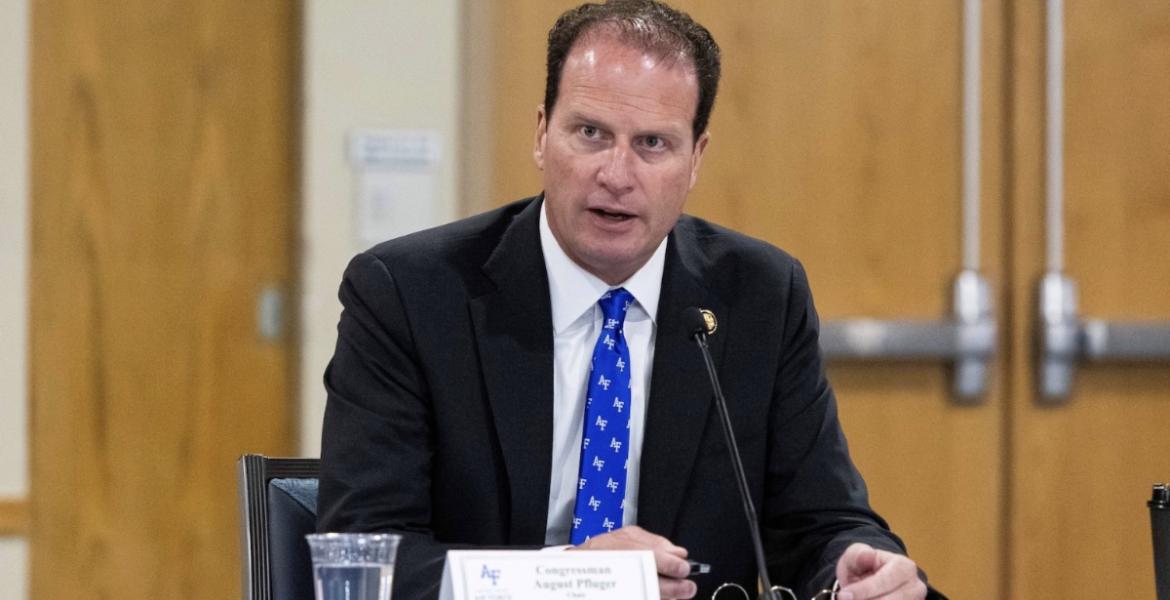The U.S. air attacks on Iran last Saturday — dubbed Operation Midnight Hammer — deserve an A+ for performance. It was a spectacular demonstration of what air and space power, when precisely planned and flawlessly executed, can achieve. It reminded the world that no military on Earth can match the reach, precision and lethality of the U.S. Air Force.
But behind this extraordinary success lies a sobering truth: We may not be able to do it again.
The mission itself was breathtaking in scope and complexity. More than 125 U.S. aircraft were involved. B-2 stealth bombers flew more than 7,000 miles one way — penetrating dense, defended airspace to deliver the first operational drop of GBU-57 Massive Ordnance Penetrators, 30,000-pound precision-guided weapons designed to destroy deeply buried targets like Iran’s Fordo enrichment facility. These bombers had to operate in perfect synchronization with other U.S. assets providing tightly timed suppression of enemy air defenses, all while maintaining near-radio silence.
And then they flew 7,000 miles back — nonstop — completing the mission in 37 hours. It was a masterclass in modern air warfare. Our airmen, planners, weapons officers and targeteers made the impossible look effortless.
Yet what the American public didn’t see was this: That one-day operation maxed out our available long-range stealth strike capability.
The U.S. Air Force only fields 19 B-2 bombers, and they are more than 30 years old. Although the B-52 fleet remains a workhorse, it just turned 73 years old. Also, a good percentage of our GBU-57 bunker-buster stockpile was used in a single night.
Put simply, we do not have the depth to do this kind of operation repeatedly, or at scale.
This must be a wake-up call.
Today, the U.S. Air Force is the oldest, the smallest and the least ready in its history. That’s not an opinion — it’s a fact and a strategic liability. Over 30 years of underinvestment in Air Force modernization and spares has left us dangerously thin in aircraft, munitions and trained crews.
The Air Force today has over 2,600 aircraft — two-thirds of its force — made up of 10 different types that had their first flight over 50 years ago. It also has 60 percent fewer combat squadrons than it had in 1991 — the last time we fought a major regional conflict. Deterrence is predicated on the credibility of action — and credibility requires capacity.
Today, America faces the greatest set of threats it has ever faced at the same time the Air Force is at its force-structure nadir.
This is why Congress must significantly increase funding for Air Force modernization and expanded end-strength if we are serious about preparing for sustained conflict against peer adversaries and countering the other threats we face. President Trump deserves credit for reversing the previous administration’s shortsighted cuts to the F-47 program — a vital next-generation capability. But more must follow.
We need to accelerate and scale the B-21 Raider program. We need to dramatically grow our F-35 inventory — aircraft that proved pivotal in gaining air superiority over Iran. New types like Collaborative Combat Aircraft will also prove crucial.
We need to build munitions stockpiles that can support more than a one-night raid. We need powerful enablers like modern aerial refuelers, and the E-7 command and control sensor aircraft. We need the airmen to fly, fix, connect and protect these aircraft. It comes down to ensuring our airmen have the aircraft and weapons to sustain air dominance and strategic strike — not just execute a flash of brilliance.
The president needs options. Airpower gives him those options. No other domain — land, sea, cyber or space — can hold distant targets at risk across the globe on short notice, without putting thousands of troops in harm’s way. Only the Air Force delivers global vigilance, global reach and global power with rapid response and scalable effects across the full spectrum of conflict.
Operation Midnight Hammer proved what American airmen can do. Now it’s time for Congress to prove that it understands what’s at stake. America must not let this stunning success become a historical footnote because we failed to prepare for what comes next.
August Pfluger represents Texas’s 11th Congressional District and serves as a colonel in the U.S. Air Force Reserves. David Deptula is a retired U.S. Air Force lieutenant general.
Subscribe to the LIVE! Daily
Required






Post a comment to this article here: